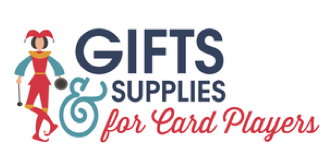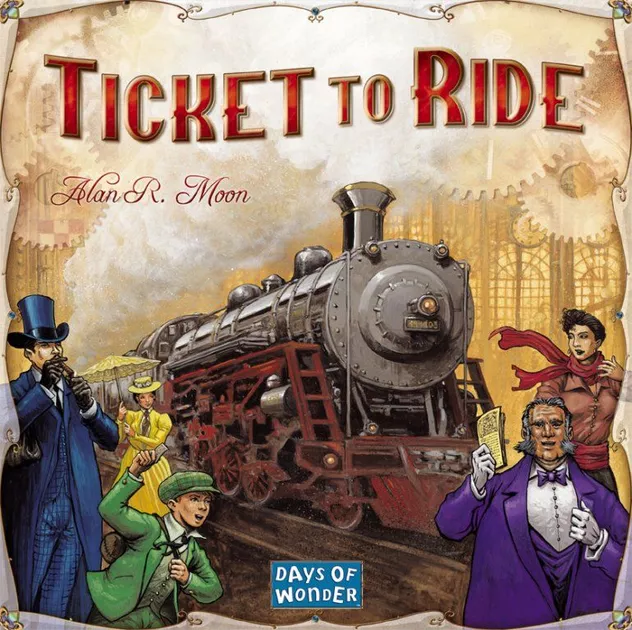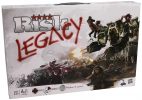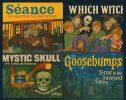Ticket to Ride is close to perfection
by Akira Larkin ©2022 Gifts for Card Players
In a board game, perfection is an unachievable goal, there are too many variables and disparate pieces, too many things that can go wrong. The closest we have ever come to perfection is Ticket to Ride.
Originally published by Days of Wonder in 2004, Ticket to Ride puts you against up to four other players competing to build your train routes across North America, and eventually several other countries in future printings (My personal favourite being the Europe map). There have also been a number of expansions printed, each of which adds a new way to play the game, for instance adding technology cards in the UK map and destination countries in Switzerland.
Ticket to Ride makes your goal very clear, you have to connect the two cities on each of your tickets before your opponents can get in your way. The game is built to smoothly play through from start to finish, each player’s turn lasts only a few seconds, and very rarely if ever will it lose its flow from turn to turn. Ticket to Ride fantastically balances the luck and skill elements of the game, you start the game with a certain number of destinations that will be up to you to keep or discard. Some are harder than others, and some will be worth more than others. Each turn you can either claim spaces by playing trains, draw cards that allow you to claim spaces, or draw more destination tickets. Finding a comfortable balance of these to match your playstyle is key to coming out of the game on top.
It rewards you for claiming routes quickly, preventing your routes from being taken by other people. But at the same time it rewards a slow and prepared playstyle, preventing a later game obstruction from posing any real threat. It also can reward a high risk gambling strategy of taking on so many routes that it seems like a miracle to finish them all. The game allows each player to run with their own preferred playstyle, and allows each to be perfectly viable. The scoring in Ticket to Ride is incredibly easy to understand, and very satisfying. You get points for every time you put trains on the board, and at the end of the game you get points for every route you’ve finished. The only catch is you will lose points for every route you can’t complete. But if you know you won’t make all of them, there is always the option of making up some of those losses by playing trains where you may not need them, or even drawing new routes in the hope that you’ll draw one that your trains have already connected.
Ticket to Ride comes with several high quality pieces, five score markers of each different colour, and a set of small plastic trains for each player. It also comes with a few extras just in case. The art of Ticket to Ride I would describe as very clean, each card and every map is very pleasant to look at and easy to understand in gameplay.
Perhaps the reason I see this game as so near perfection is the amount of different people I have played it with. The first time I ever played it was on vacation with family for a board game night when I was young. I played it multiple times on that trip with several different groups of people, and every single person understood the game immediately and had a great time. I’ve played it with other family that rarely play board games. I’ve played it with my d&d group and the group I play Magic the Gathering with. I’ve played it at board game shops with complete strangers, and with friends of friends that I’d never met. I’ve played Ticket to Ride with people of all ages and all different histories with board games, and not once has the game felt like a chore. Every single time I play Ticket to Ride I remember why it is that I love board games.





